They might be one of the rarest horse breeds in Australia, but the majority of equine enthusiasts are familiar with the spectacular golden Haflinger. The 150th anniversary of the ‘Golden Horse’ was recently commemorated in its European homeland, while here in Australia we’re celebrating 50 years since this distinctive breed landed on our shores.
The offspring of an Arabian stallion and a Tyrolean mountain horse mare, Folie was born in a town called Hafling in the South Tyrol mountains of northern Italy in 1874. This stallion would become the sire of an entirely new breed, the Haflinger, and today all registered Haflingers can trace their bloodline back to him.
The Haflinger was bred to work as a pack and draft horse at high altitudes in the European Alps, specifically in northern Italy and Austria. Their strong, athletic build, surefootedness, and easy temperament made them an invaluable partner for the men and women working alongside them. And their distinctive colouring, ranging from light golden to deep chestnut with flaxen manes and tails, made them an attractive asset.
150th ANNIVERSARY
Paul and Sharon Groves of Fernances Creek Haflingers in the Hunter Valley recently returned from a trip to South Tyrol in northern Italy where the breed’s 150-year anniversary was celebrated in style.
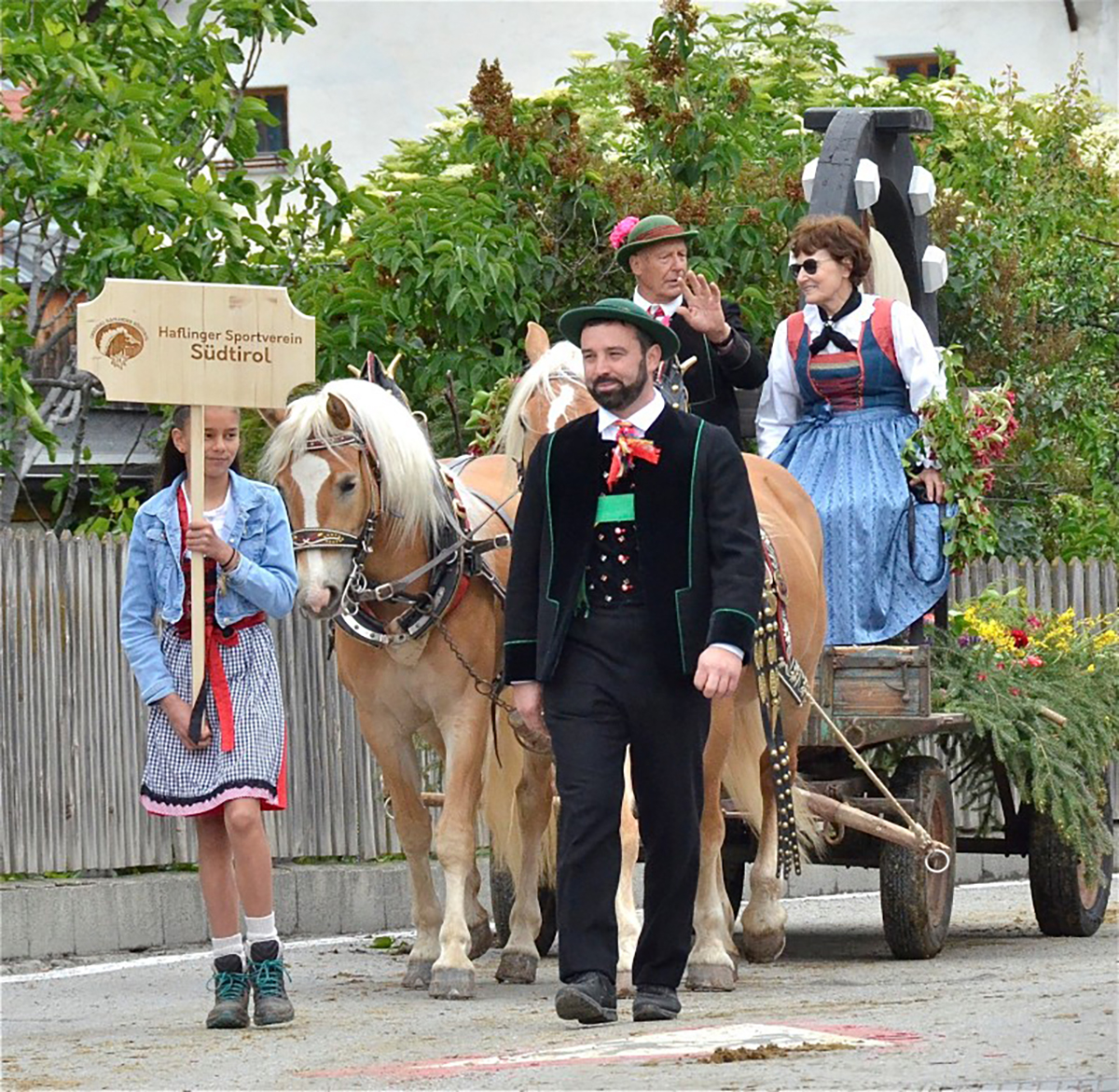
“It was quite special. The Italians were really warm and welcoming,” says Paul of their trip. Over the years, the Australian Haflinger Breeding & Sports Association (AHBSA) has built a relationship with Haflinger breed groups around Europe, in particular the Italian federation based in South Tyrol. The 150-year celebration of the breed presented an excellent opportunity to catch up, see the Haflinger in its homeland, and discuss the modern evolution of the breed around the world.
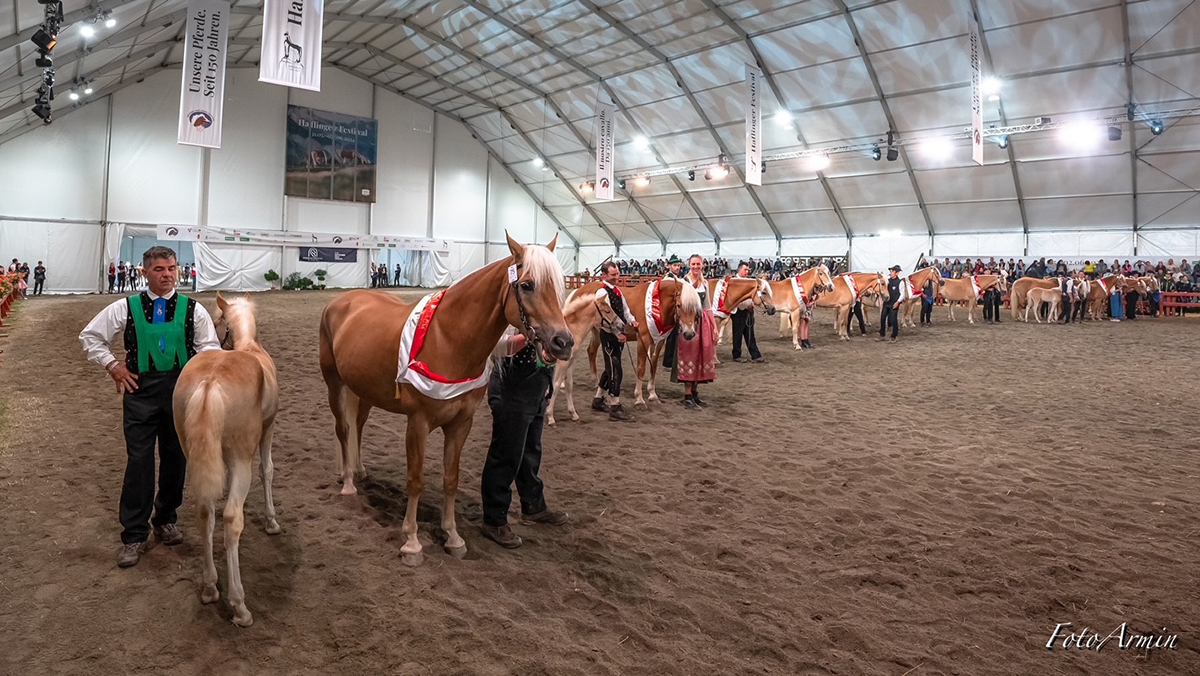
Paul says a highlight of the celebration was a parade that focused on the horses’ cultural heritage. “The Italians held a procession of horses and carriages through a little mountain town, and there were 200 horses and 60 or 70 carriages – everything from older agricultural implements to more modern carriages. Around 6000 people were out on the streets watching the parade and enjoying it. It was quite a spectacular.”
The Australian Haflinger contingent was well received, especially considering the 150-year anniversary celebrations align with the breed’s 50th anniversary Down Under. “That appealed to the Italians, and they were kind enough to give us a little bit of a showcase. We actually got a short TV slot speaking about the event and its correlation with 50-year anniversary in Australia.”
HAFLINGERS IN AUSTRALIA
With less than 600 Haflingers on Australian shores, they are one of rarest equine breeds here. “It’s still pretty much a boutique breed, but it’s growing,” explains Paul, adding there are around half a dozen studs in Australia alongside several enthusiasts with a few horses they breed from each season. “In any one year there are approximately 20 foals being born.”
“Temperament is a
huge part of what’s
attractive about the breed.”
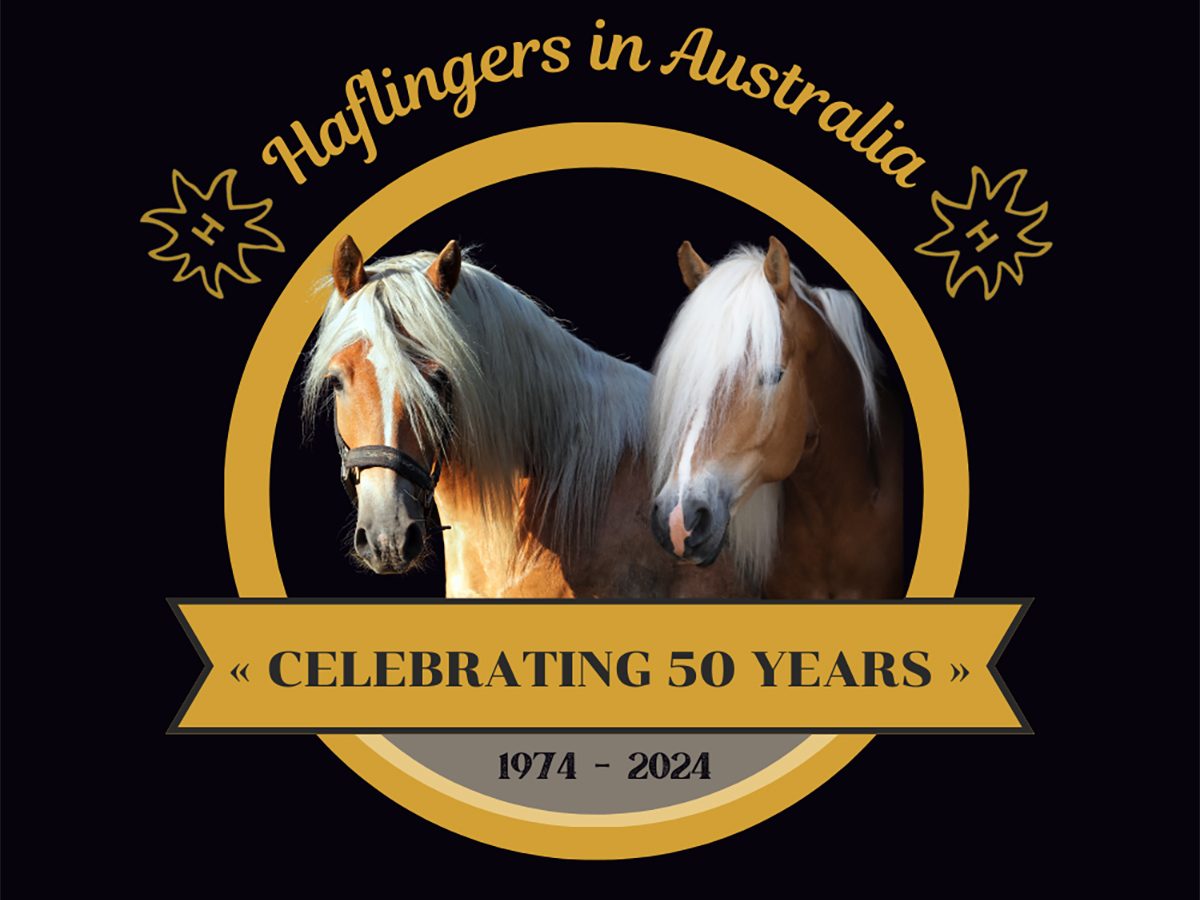
While Haflingers are relatively rare here, breeders have been careful to ensure the bloodlines remain as diverse as possible. Impressively, all seven stallion breeding lines recognised by the World Haflinger Breeding and Sports Federation are represented in Australia.
“Breeders have picked and chosen to ensure we’ve got a broad representation. With smaller breeds and smaller numbers of horses, you have to pay close attention to ensure genetic diversity,” says Paul. “At this point in, I think it’s fair to say we’ve probably got a broader genetic spread as has ever been the case in Australia. That’s encouraging.”

ATTRACTED TO THE TEMPERAMENT
Paul was introduced to Haflingers via his parents, who became involved with the breed via an association in Germany. “Sharon and I gravitated towards them slowly at first and then became completely committed after they proved to be a dependable and consistent temperament,” he explains, adding that they proved to be exceptional trail riding horses – a pastime he and his wife greatly enjoyed. These days Fernances Creek has two stallions and eight mares, typically breeding three or four foals each season.
“It’s certainly the case that temperament is a huge part of what’s attractive about the breed,” continues Paul. “If there’s one word that I tend to use to describe them, it’s consistency. Not that all Haflingers have got the same personality; but I’ve found you often know what you’ll get once you start working with a Haflinger. It doesn’t tend to change from day to day or month to month. You can leave them in the paddock for a month and not touch them, and then when you come out and jump on, and they’ll be where you left them. So, that consistency and evenness of temperament is certainly a huge plus.”

AN ATHLETIC TYPE
Involved with Haflingers for the past 35 years, Paul has witnessed a large portion of the breed’s 50-year evolution in Australia. Having also seen the direction of the breed in its homeland, he says Australia is very much on the same wavelength as our Italian and Austrian counterparts.
“There’s no question that throughout the 35 years that we’ve been involved with the breed, we’ve gone with that evolution towards an all-round sporting horse that appeals to a broader section of the horse community.
“It’s clear that Australia is following the lead of breeders in North and South Tyrol, in terms of producing a sportier type. The breed has evolved as a taller and more athletic horse. Haflingers have traditionally been around the 14-14.1 hand mark, and they’re now often 14.3 to 15 hands… much more in the sweet spot of an intermediate sports horse,” notes Paul.
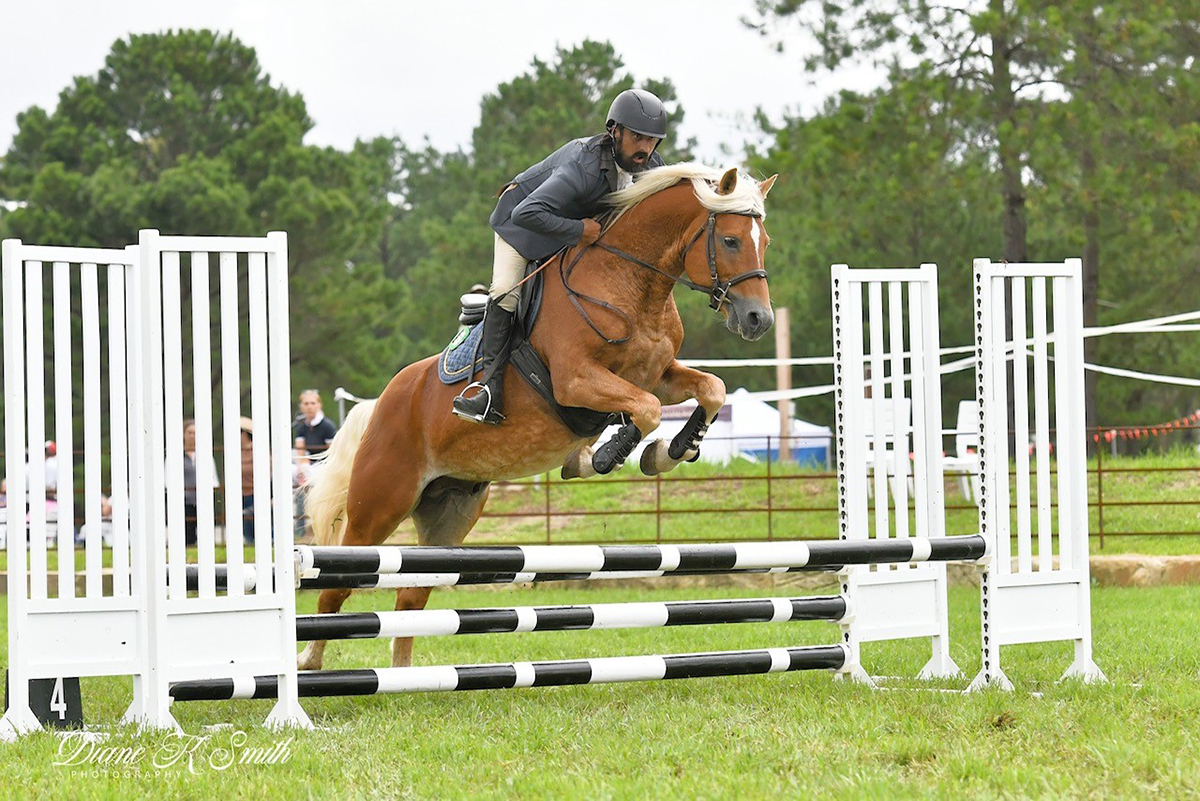
“They’ve taken on a physique that’s a little narrower across the chest and much more suitable for a whole range of equestrian sports. They pop up in everything from eventing to dressage. Some people are doing Western work with them in Queensland, and they continue to excel in carriage driving. The modern Haflinger is very much an all-rounder.”
“The modern
Haflinger is very
much an all-rounder.”
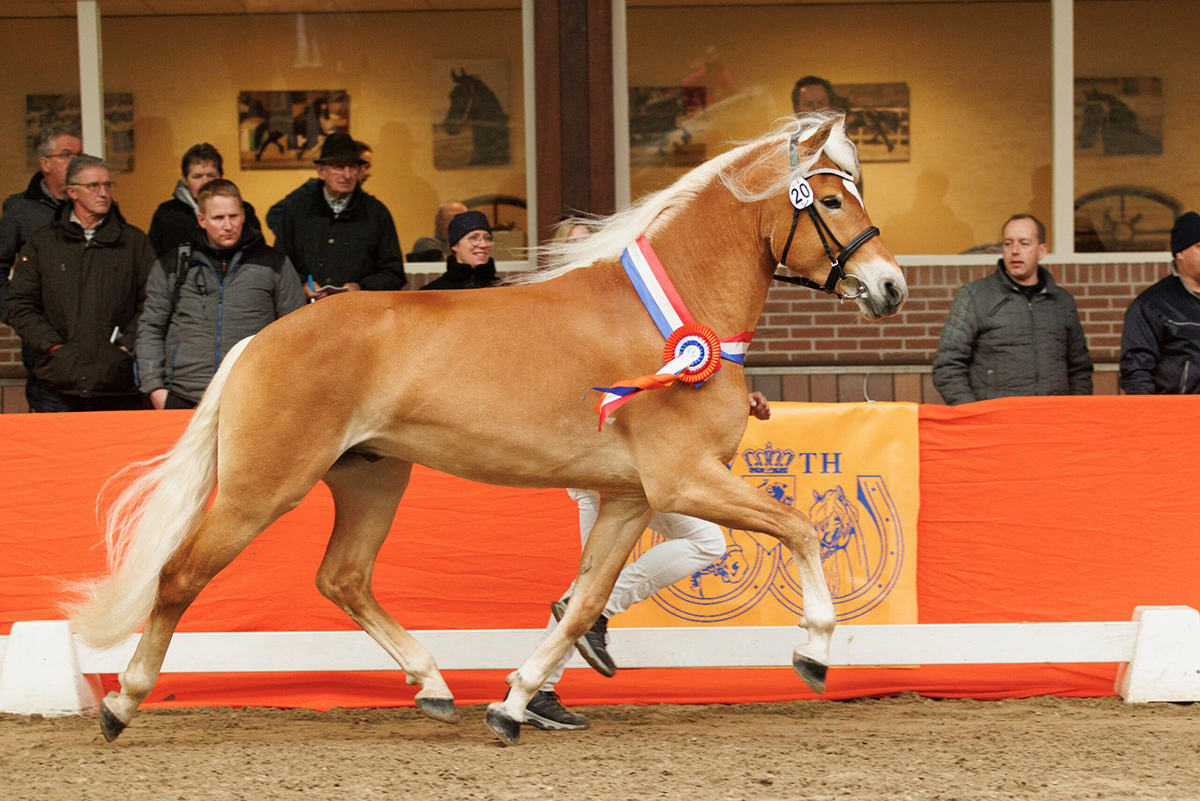
NEXT GENERATION
“One thing that really impressed me about the 150th anniversary of the breed in South Tyrol was seeing the Haflinger in its cultural and historic context; this was really quite fascinating,” muses Paul.
“I’ve been to South Tyrol before, but I had never seen the range and diversity of their Haflingers used on display; the Italians really excelled in that area. What’s really impressive about that as a flow on is that it inoculates the younger generation in continuing with the tradition and continuing the relationship with the Haflinger.”
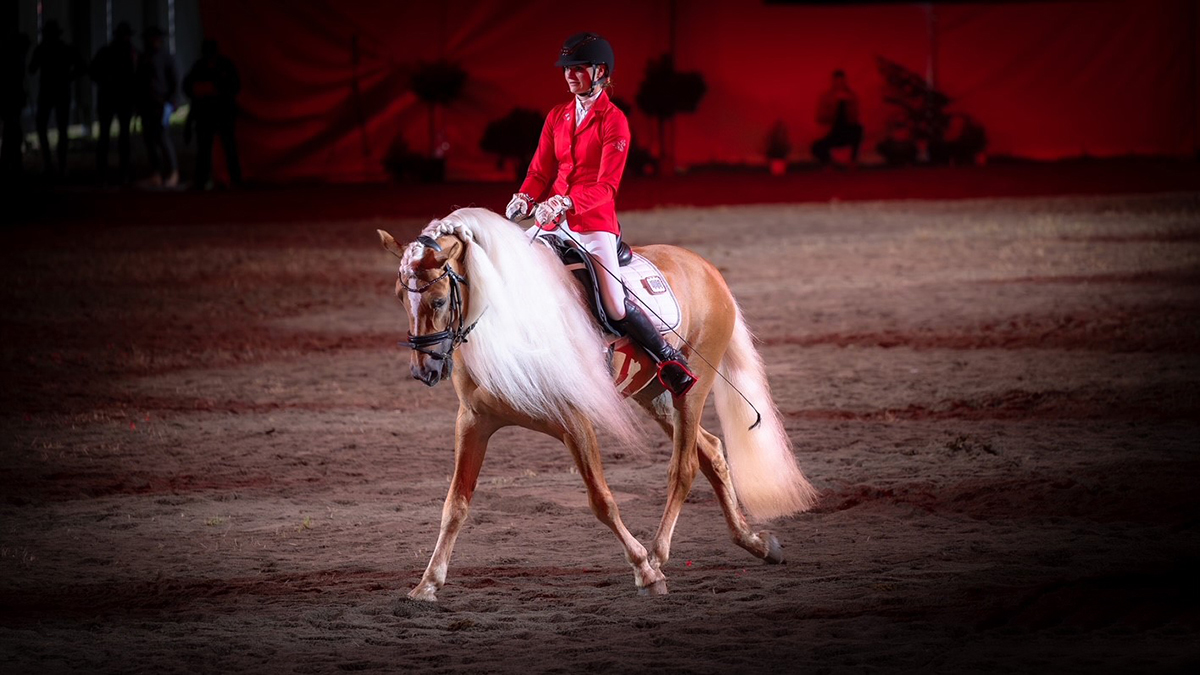
Paul recognises that involving the next generation with the breed is also important here in Australia. “If there’s one thing that I’ll try to focus on in the Australian context going forward, it is trying to have more engagement with our youth and people that would be interested in carrying on breeding. It comes very naturally in the breed’s European homeland, but in Australia – and I think this is probably the case with many horse breeds in Australia – there’s not that cultural angle that brings newcomers to the breed. We therefore have to work a little bit harder to engage with the next generation… but they’re the future of the breed and the sport, so it’s essential.” EQ



